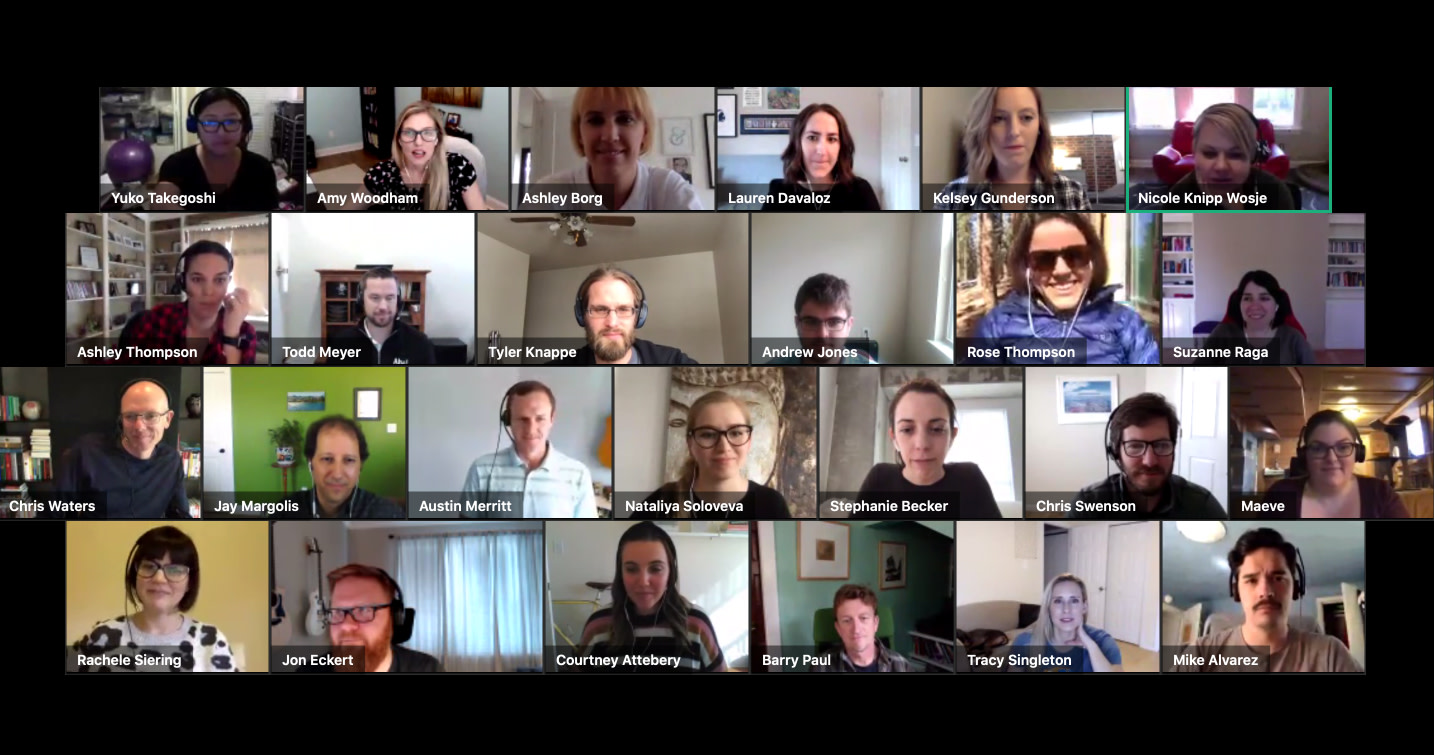
Aha! teammates are our most important assets. | Photo by Aha!
5 major trends shaping the future of product development
Who can predict the future? No one, really. Yet many of us try. I gave it my best four years ago when I wrote a blog post about what I saw as the future of product management. 2018 seems like a long time ago but also quite recent — the last few years have been incredibly dynamic and challenging in different ways. But one thing holds true for me.
Product teams are doing more than building products. Many of you are fundamentally transforming your companies in the process.
I wrote that blog about a year after Lovability, our bestselling book for product builders, was published. Aha! was one of the fastest-growing startups and product management was rapidly growing as a discipline. I had already written extensively about what I call the Minimum Lovable Product (MLP), the concept of a Complete Product Experience (CPE), and the power of product managers. Ideas about how to build better were percolating across the product community.
My predictions held in many ways. The view of the future I put forth then has not changed radically. I suggested that the focus would be on true strategic roadmaps, linking strategy to work, centralized feedback, more accountability, deeper customer empathy, and a single source of truth for product teams. These themes are as relevant now as they were bold then.
Aha! launched with roadmap software in 2013. And as our customers (and ourselves) sought out solutions for the problems every product team faces, the Aha! software suite naturally matured and expanded. We now offer an integrated set of tools designed to accelerate the pace of product development — from setting strategy to capturing ideas to streamlining agile workflows. And of course, sophisticated roadmapping functionality.
Maturity can infer that growth stops. Product development is definitely maturing as a discipline, but there is still so much growing to do.
The future is always unfolding and our thinking changes with it. Back in 2018 my thoughts were centered around product management. Today, when I imagine a product that is built by a healthy team and loved by users, I see a few trends that shape the path:
Refining the discipline
We have come a long way since the mediocre days of a Minimum Viable Product (MVP). More and more organizations are investing in an end-to-end product development discipline. This means looking up from the details of building out reqs and features to see the interconnection of a holistic process — thinking, prioritizing, refining, and ultimately measuring what is created.
Investing in teams
Every successful product is a reflection of the people who built it. Historically product development was a cloistered effort — product managers and engineers huddled and working away from everyone to create something new. But this meant that functional experts (marketing, sales, support) who are integral to product success worked in silos. Forward-thinking companies are establishing formal product teams who bring a cross-functional perspective.
Integrated tools
Remember when all we had was a static spreadsheet and a chain of emails? No way to plan and build a meaningful product. Now there are a plethora of tools available to product teams — from whiteboarding to presenting to analyzing. But tool sprawl has real costs. Circling back to my earlier future guidance to hone in on a single source of truth, I predict that product teams will need to center around more integrated tooling that supports the end-to-end discipline described above.
Greater productivity
There is no margin for waste. Teams will do a better job of prioritizing the right work, estimating what it will take to build, and avoiding stalls due to a greater emphasis on planning and increased transparency across the product development engine. There is no other choice. Software and digital experiences are what great companies are now built on — sharpening and improving the pace of that work is what will define those who succeed.
Measuring real value
Metrics always dominate the conversation for product folks. But the numbers are usually inverted inward. You only get a partial view of the worthiness of what you build. The next phase is to look at measuring real value — scoring new concepts at every stage of the development process. Teams who put value creation at the center of prioritization decisions, monitor how that value shifts as development progresses, and do their best to tally the realized value once something ships will be the ones who will stand apart.
There is a reason that I continue to work in the product development space and build software — this is some of the most exciting and meaningful work you can do.
To actually believe you could predict the future is hubris defined. Even if you are working from the best information you have access to and a plan you believe is reasonable, things can change. But if you have read this far, then you know these so-called trends are macro.
There is not a single action that will define what comes next in product development, but instead a collective shift as the discipline continues to transform and mature. That is a future worth celebrating.
Give your team the product development tools you need to succeed.




